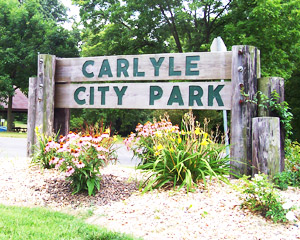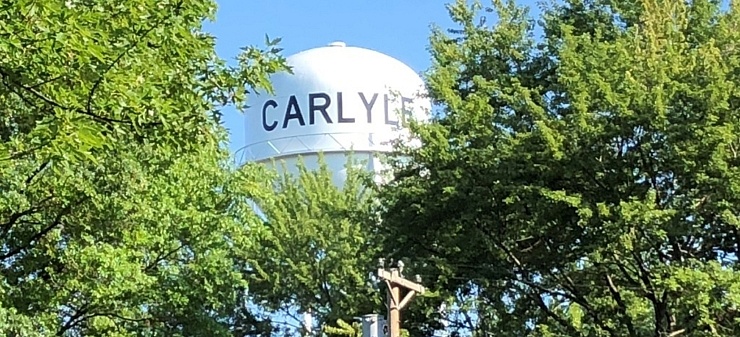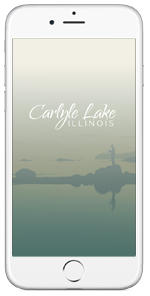We will be performing maintenance on the water distribution system (flushing hydrants) in your area which may result in sediment being disturbed within the water-mains. Although this sediment is common and expected in any system, we are now required by State Statute to notify our customers that this sediment may contain lead even though our water system contains no known lead conduits. However, the plumbing contained within your home and/or business may contain some components which could contain lead.
Lead can enter drinking water through corrosion of plumbing materials, especially where the water has high acidity or low mineral content that corrodes pipes and fixtures. Homes built before 1986 are more likely to have lead pipes, fixtures and solder. However, new homes are also at risk: even legally “lead-free” plumbing may contain up to eight percent lead. Beginning January 2014, changes to the Safe Drinking Water Act further reduced the maximum allowable lead content of pipes, pipe fittings, plumbing fittings, and fixtures to 0.25 percent. The most common problem is with brass or chrome-plated brass faucets and fixtures with lead solder, from which lead can enter into the water, especially hot water. Corrosion is a dissolving or wearing away of metal caused by a chemical reaction between water and your plumbing. The USEPA has determined that lead can cause significant health problems if it accumulates in a person’s body over time. While lead in tap water is rarely the single cause of lead poisoning, it can increase a person’s overall total lead exposure. High levels of lead in your household drinking water can have significant health impacts, especially for children and pregnant women.
While it is not known for certain whether or not this particular project will adversely affect the lead (if present) in your plumbing, here are preventative steps to help reduce your risk from lead:
- Run your water for a few minutes to flush out lead after periods of non-use, such as first thing in the morning, after work and returning from vacation.
- Always use cold water for drinking, cooking and preparing baby formula. Lead dissolves more easily in hot water and boiling water will not remove lead.
- Periodically remove and clean your faucet aerators.
Learn About LeadInformation about the risks associated with lead in drinking water is available at the U.S. Environmental Protection Agency website indicated below. |














